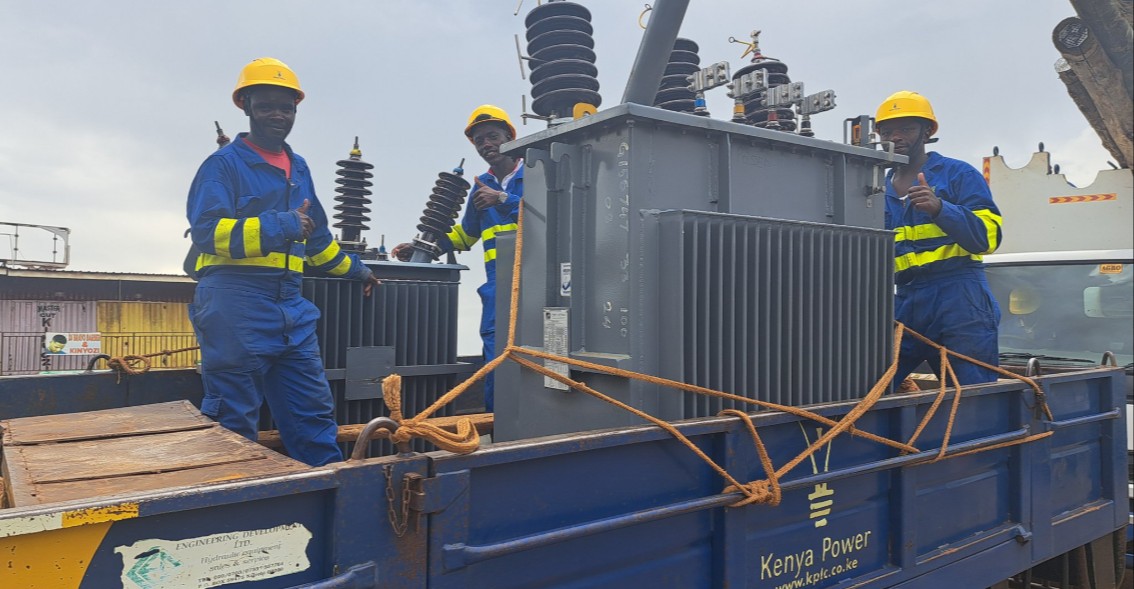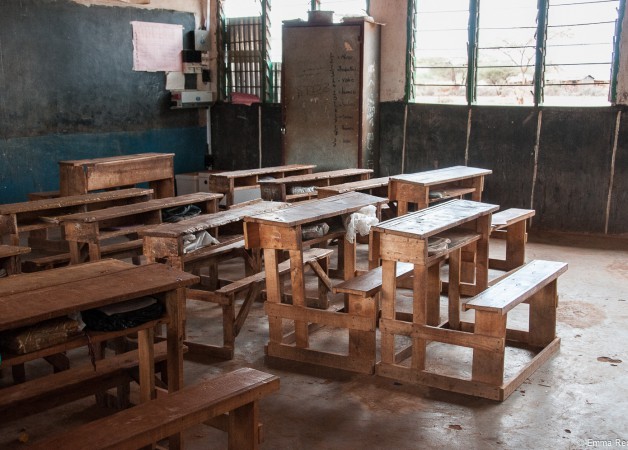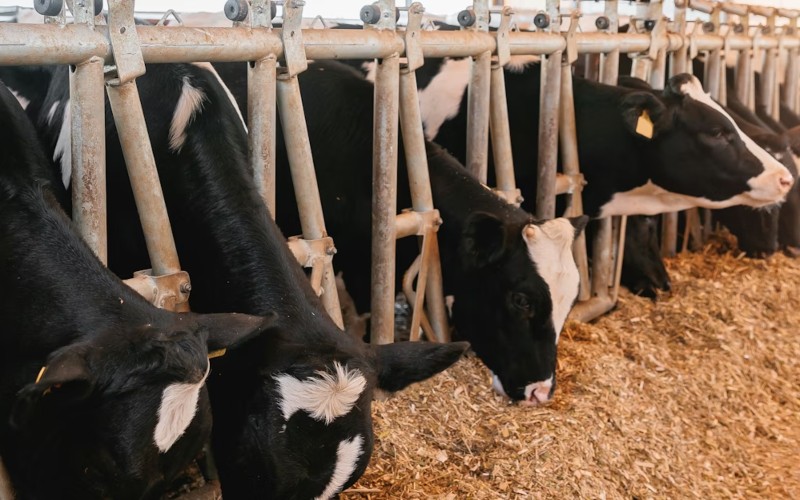UN report reveals global prison deaths surge, homicides highest in the Americas

The revelations come amidst revelations by Interior CS Kipchumba Murkomen that at least 10 Kenyans have died in police custody (pre-trial detention) in the last five months in the country, majority having allegedly committed suicide and a few following unexplained acts of possible homicide.
A United Nations report now shows that the world is recording high rates of violent deaths in prisons in certain regions, an indicator of unsafe prison conditions.
The second edition of Prison Matters (2025), themed "Global prison population and trends; A focus on rehabilitative environments", released by the United Nations Office on Drugs and Crime (UNODC), shows that 294 deaths per 100,000 prisoners occurred in 2023, accounting for slightly less than 3 deaths per 1,000 prisoners.
More To Read
- Record cocaine seizure in Haitian waters underlines country’s ‘pivotal’ trafficking role
- Why a woman is killed every 10 minutes; the rising wave of global femicide
- Kenya raises alarm on surge in synthetic drugs, shifting trafficking trends
- Kenya in push to repatriate over 1,000 citizens jailed abroad
- Criminal networks exploiting instability to fuel global drug trade - UN
- UN warns organised crime in Africa’s illicit gold trade threatens global security
Data reported to UNODC on deaths in prison falls into four different categories: deaths from natural causes (such as heart diseases or complications from virus infections); accidental deaths; deaths from suicide; and deaths from intentional homicide.
"The death rate for all causes of death combined was the highest in European countries, followed by Asian and American countries. However, reporting countries in the Americas with data had a much higher number of intentional homicides per 100,000 prisoners than countries in other regions, at 17.4 victims of intentional homicide per 100,000 prisoners. This compares to 2.0 deaths by homicide per 100,000 prisoners in European countries with data, the region with the second highest homicide rate in prison," the report shows.
Though data on mortality in prisons remain limited in Africa, Asia and Oceania, in almost all countries, the report found that the rate of intentional homicide is higher among prisoners than in the general population (including prisoners).
"Ecuador, for example, which saw a rapid increase in the number of intentional homicides in the general population (including prisoners) in the last few years, also reported the highest rate of intentional homicide in prison between 2018 and 2023, with an average of 300 homicides per 100,000 prisoners per year during that period. Other countries in the Americas also report a high rate of intentional homicide in prison, which could be the result of multiple factors, including the influence of organised crime group rivalries in prisons and unsafe prison conditions," the report shows.
At the same time, data in 84 countries worldwide, in 2023, showed that 32.9 prisoners out of every 100,000 prisoners committed suicide, a rate that is more than three times higher than the 2021 global crude suicide rate of 9.1 deaths per 100,000 general populations.
The annual report seeks to explore prison population estimates, including pretrial detention, as well as the state of overcrowding, prison personnel and custodial deaths and offers valuable insights into the state of incarceration worldwide.
The revelations come amidst revelations by Interior CS Kipchumba Murkomen that at least 10 Kenyans have died in police custody (pre-trial detention) in the last five months in the country, the majority having allegedly committed suicide and a few following unexplained acts of possible homicide.
As a result, he announced a raft of measures that the National Police Service has undertaken to curb more deaths, even as probes into the deaths continue.
Meanwhile, the global prison population continues to grow, reaching 11.7 million at the end of 2023, following a decline that was witnessed during the Covid-19 pandemic.
"The immediate release of prisoners and decrease in conviction rates that occurred during the COVID-19 pandemic are likely to have contributed to this trend. The global prison population rate declined by 6.1 per cent (from 150 to 141 per 100,000 population) between 2019 and 2020 before increasing again in 2021 to 145 prisoners per 100,000 population in 2023," the report says.
A majority of the prisoners globally continue to be men, representing almost 94 per cent of the prison population or nearly 11 million prisoners in 2023.
At the end of the same year, 759,000 women were held in prison. Notably, the share of women among all prisoners has remained relatively stable between 2013 and 2023, staying below 7 per cent during the entire decade
Meanwhile, over a third of the global prison population (3.7 million) remains in pre-trial detention, while men are more likely to be imprisoned. The report shows that women face a higher risk of pre-trial detention in Africa and Oceania.
This as around 3.7 million prisoners worldwide were held in pretrial detention, representing an increase since 2013, when it was around 3.2 million, tracking the overall increase in the number of persons held in prison globally. However, the percentage of unsentenced prisoners among all prisoners has remained almost stable at around 30 per cent since 2013.
"Although there is no significant global gender gap in unsentenced detention rates, certain regions, such as Africa and Oceania, exhibit higher percentages of women in pre-trial detention, with a difference of more than seven percentage points. In 2023, Africa had the highest gender gap, with 45 per cent of women compared to 36 per cent of men held in prison without a sentence," the report adds.
Overcrowding, on the other han,d remains a significant concern in many prison systems globally, but particularly in Africa and the Americas.
"In just over 60 per cent of the 181 countries worldwide with available data, prison systems operate at more than 100 per cent of their planned capacity. Alarmingly, more than one in four countries globally is operating at over 150 per cent of their intended national prison capacity. The situation is particularly concerning in Africa and the Americas, where, respectively, around 90 per cent and 70 per cent of countries with available data report overcrowded prison systems operating at more than 100 per cent of their planned capacity," added the report.
Among all world regions, European prisons stand out as having the most gender balanced staff and being the least understaffed
The annual report relies on data collected annually through the United Nations Survey of Crime Trends and Operations of Criminal Justice Systems (UN-CTS) which is filled by the member states and strengthened by supplementary sources.
The UNODC oversees the (UN-CTS), aiming to assess member states' progress in fulfilling the Kyoto Declaration on "Advancing Crime Prevention, Criminal Justice and the Rule of Law: Towards the Achievement of the 2030 Agenda for Sustainable Development, adopted as a result of the 14th UN Congress on Crime Prevention and Criminal Justice.
Top Stories Today














































